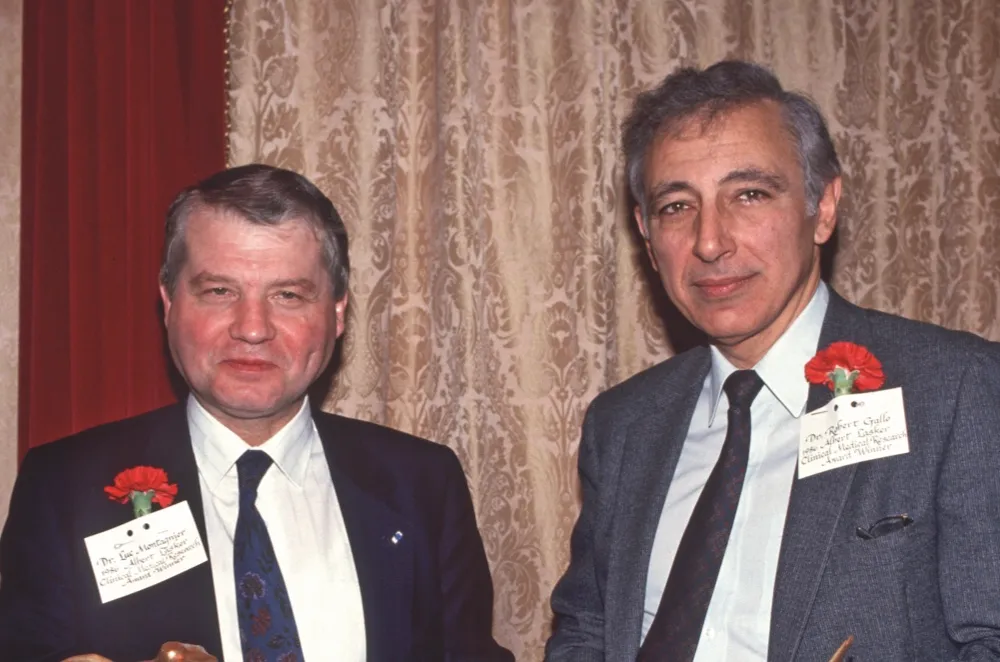In May 1983, two papers appeared in the same issue of Science claiming the same breakthrough: the identification of a virus apparently linked to AIDS. While neither the US nor the French teams were certain of the link, their claims were seized on in the search for a treatment. Further research by the US team confirmed the AIDS connection, and the virus was named the Human Immunodeficiency Virus (HIV). But the coincidence of two teams making the same claim sparked a bitter row between the team leaders: Robert Gallo of the National Cancer Institute, Maryland, and Luc Montagnier of the Pasteur Institute, Paris.

Initially the dispute focused on who should benefit from royalties for a blood test for HIV. In 1987, the US and French governments settled that dispute by declaring both teams co-discoverers. But then Gallo’s team were accused of having wrongfully acquired the virus from the Paris team – a charge later rejected by investigators. The arguments continued until 2002, when the rivals publicly agreed that Montagnier’s team had discovered HIV, but its role in AIDS was first shown by Gallo. Even so, controversy flared once more in 2008 when the Nobel prize was awarded for the HIV breakthrough – and Gallo’s contribution was overlooked.
Subscribe to BBC Focus magazine for fascinating new Q&As every month and follow @sciencefocusQA on Twitter for your daily dose of fun science facts.
